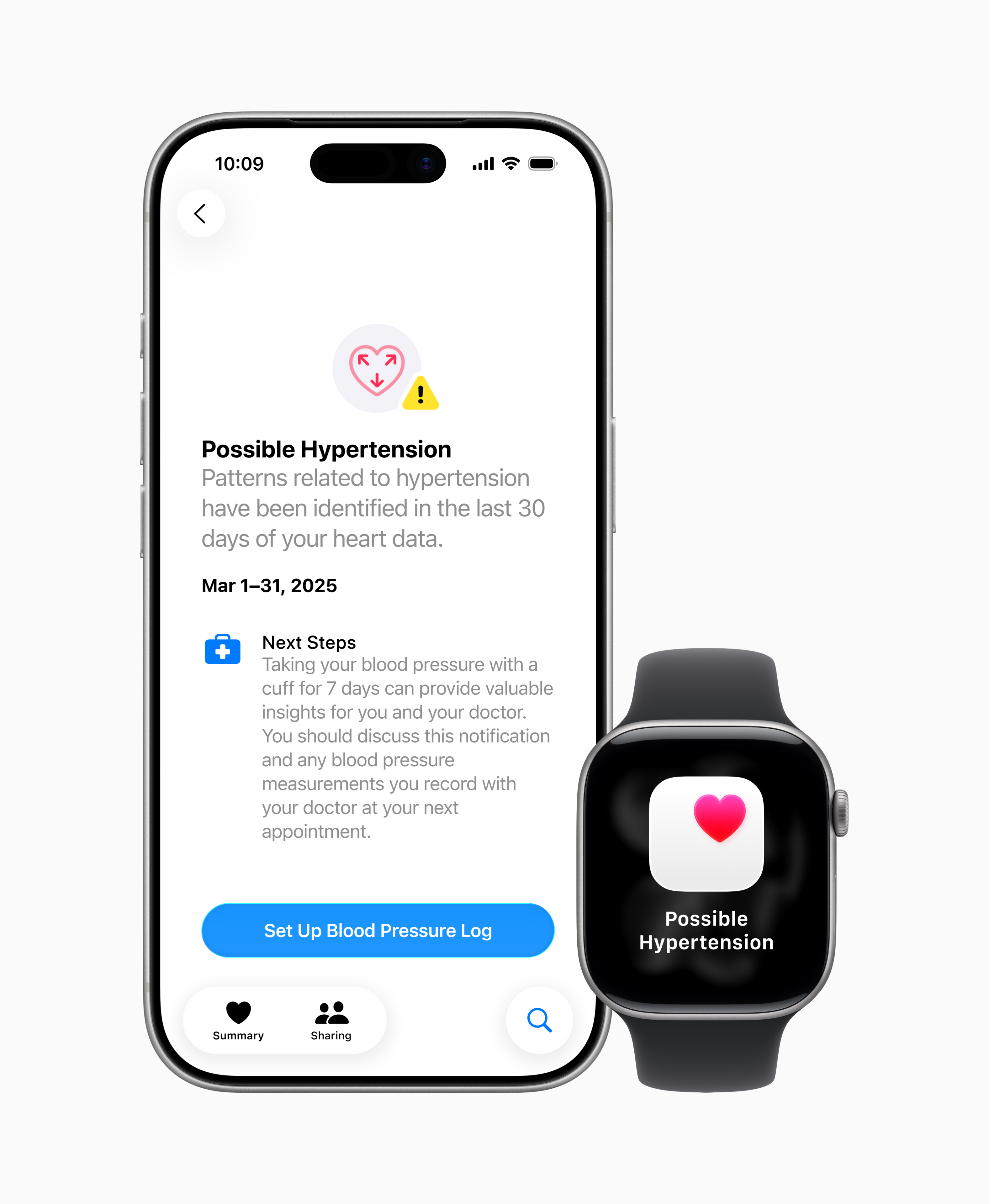Uncovering Hidden Hypertension: AI-Powered Apple Watch Leads Digital Health Revolution

AI on Apple Watch Uncovers Hidden Hypertension: Game-Changer in Digital Health
Wearable Intelligence Targets Silent Risk
Apple Watch is advancing beyond activity tracking, entering a crucial area of preventative medicine with its latest enhancement: identifying signs of elevated blood pressure in users who may be entirely unaware that they are at risk. Armed with sophisticated machine learning algorithms, the new system evaluates heart rate pattern changes, leveraging years of optical heart-rate sensor data to detect subtle physiological responses linked to high pressure within the arteries. The technology was not just built in a lab – Apple drew on data from over 100,000 individuals to engineer this breakthrough, and clinical validation involved more than 2,000 participants.
This innovation is particularly vital because nearly half of those with sustained high readings are often oblivious to their condition, owing to its lack of obvious symptoms. Left unmanaged, such elevations often precipitate major cardiac and vascular complications, underscoring why early detection can be transformative in global health. With this upgrade, Apple brings proactive assessment directly to the wrist, bridging a gap that has challenged systemic diagnosis for years.
How the Algorithm Detects the Undetected
Unlike traditional cuffs, the wearable's new feature does not directly measure pressure itself. Instead, it analyzes vascular patterns as reflected in each pulse via its optical sensor. These readings reflect how vessels respond as the heart contracts and blood flows, and recurrent deviations from normal patterns can be faithfully picked up by well-trained artificial intelligence. The system then correlates these variations to identify individuals who may have consistently raised values, flagging those users with an actionable alert.
Once notified, individuals are prompted to log their readings over several days using an approved cuff and consult their physicians for confirmation and advice. This approach aligns with modern clinical guidelines, which recommend multiple measurements for accurate assessment rather than acting on a single spot reading. The system does not replace professional equipment—instead, it acts as a responsive screening tool, empowering users to spot problems earlier than they might have otherwise.
Activation, Availability, and Best Practices
For people ready to take advantage of this technology, setup guidance is straightforward. The system is active in over 150 countries, provided you’re using a compatible model with updated software. Users must enable data calibration and wear the device for a full month to establish a personal baseline, allowing the AI to tune its sensitivity to individual cardiovascular dynamics.
Eligibility requires users to be over 22, not expecting, and without a clinical diagnosis of hypertension. Once enabled, the system operates silently for 30 days, quietly learning and adapting from the wearer’s daily rhythms. No alerts will occur during this initial phase; only once the baseline is set will the AI intervene, notifying users of suspicious patterns. A modern iPhone and a compatible Apple Watch, such as the Series 9 or Ultra 2 and newer, round out the technical prerequisites.
Implications for Early Detection and Public Health
The significance of this step cannot be overstated. Combining consumer electronics with rigorous AI-driven analysis, this approach addresses a core problem in chronic illness management: most cases present without symptoms and are only discovered by chance. By seamlessly integrating with daily life and offering individualized risk notification, wearable technology is positioning itself at the forefront of non-invasive health surveillance.
Bringing advanced analytics to everyone’s wrist, Apple Watch may help identify hundreds of thousands currently living with undiagnosed high blood pressure. For many, this alert could be the first sign that medical attention is warranted, shifting the balance from reactive care to proactive health stewardship. As this feature rolls out worldwide, it marks a milestone in digital health—where data, machine learning, and personal devices converge to fight one of today’s most persistent silent killers.
